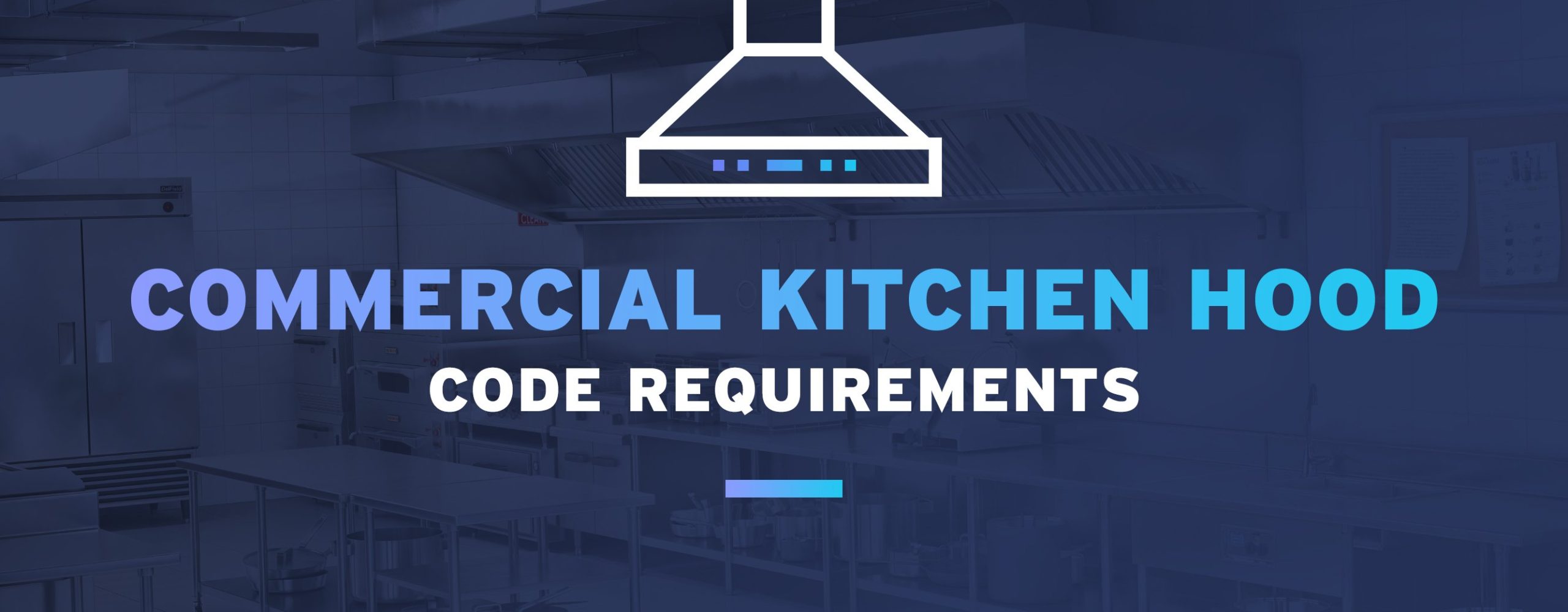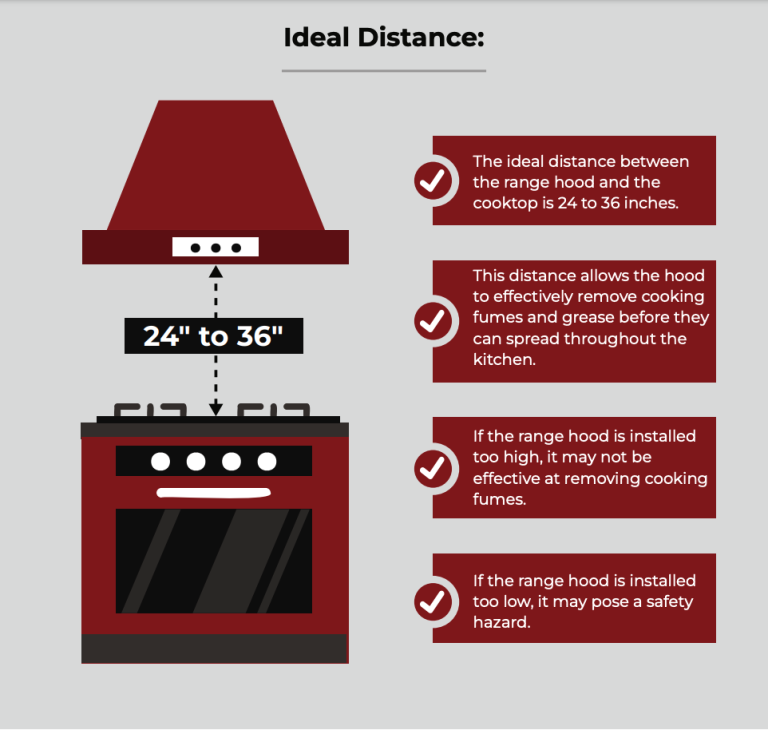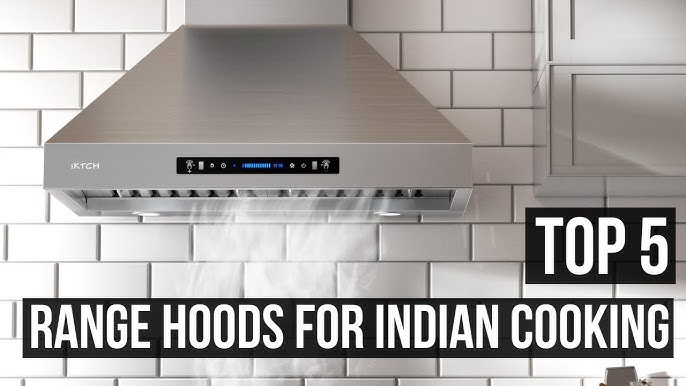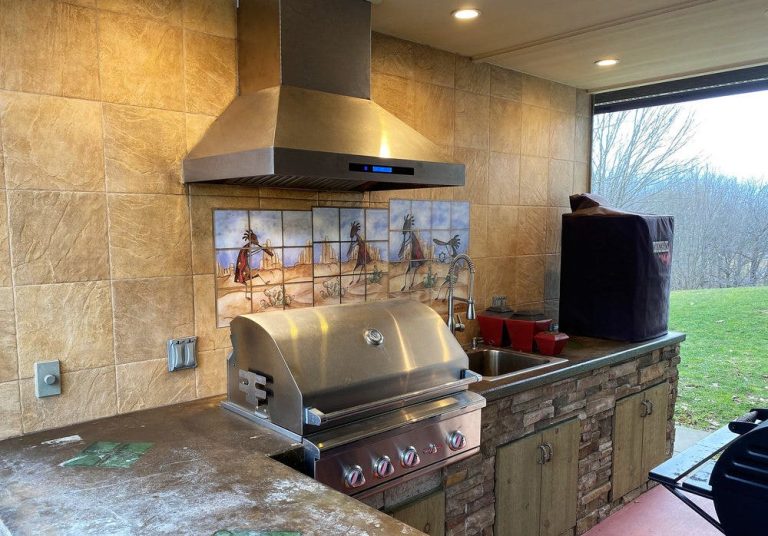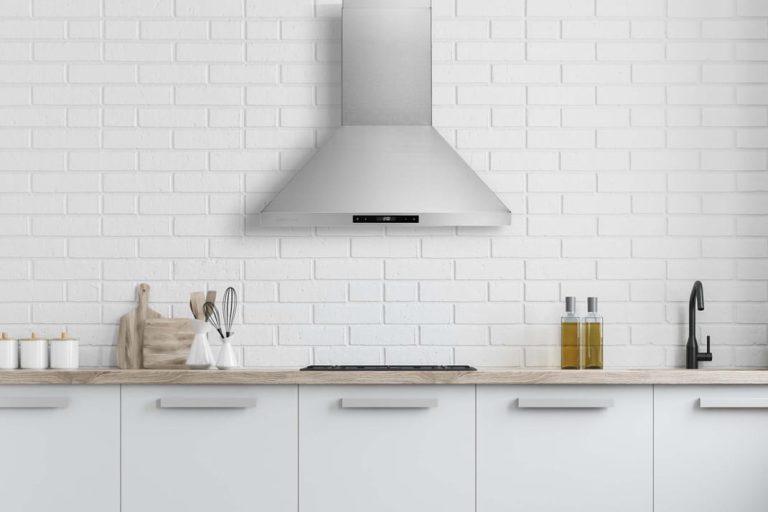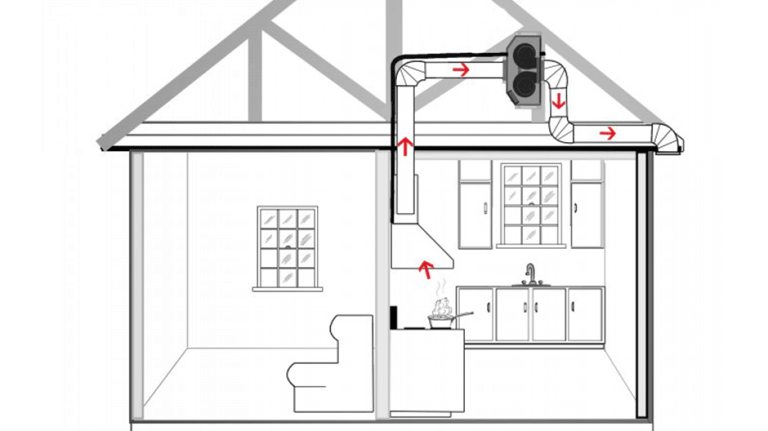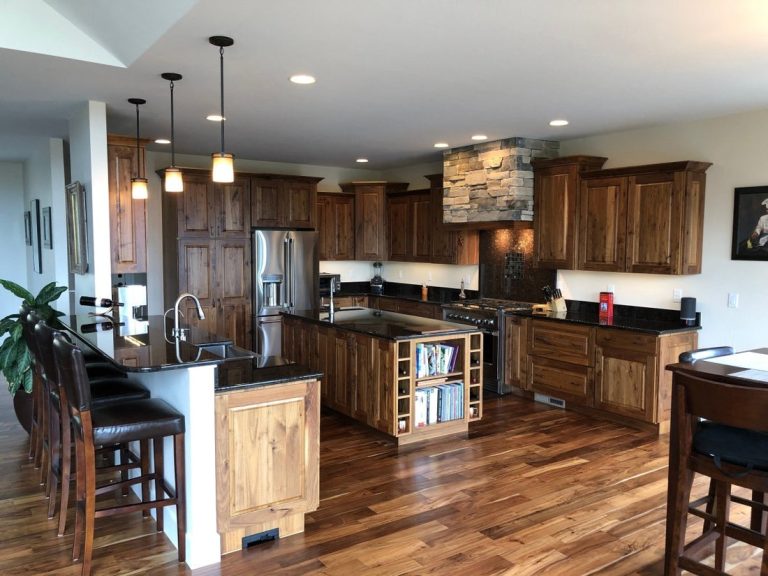Range hood code requirements ensure proper ventilation and safety in kitchens. They specify installation height, duct materials, and airflow rates.
Range hoods play a crucial role in maintaining a clean and safe kitchen environment. They help remove smoke, grease, and odors from cooking, improving air quality. Compliance with local building codes and regulations is essential to ensure effective performance. Proper installation height, appropriate duct materials, and adequate airflow rates are key requirements.
These standards prevent fire hazards, enhance indoor air quality, and ensure the hood operates efficiently. Homeowners and contractors must adhere to these guidelines to meet safety and health standards. Understanding and following these requirements can lead to a safer and more comfortable cooking space.
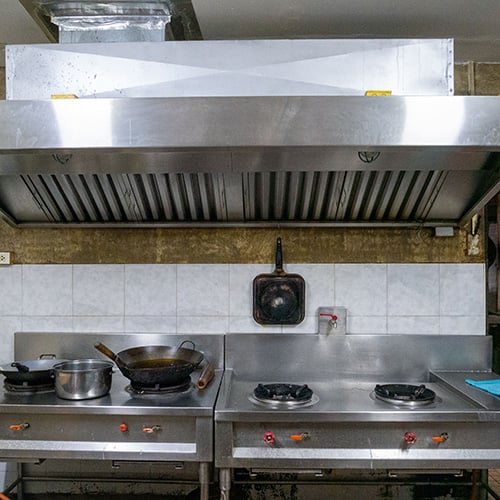
Credit: www.webstaurantstore.com
Importance Of Range Hood Codes
Range hood code requirements ensure proper ventilation, enhancing kitchen safety and air quality. They prevent hazards and meet legal standards.
Ensuring Kitchen Safety
Range hood codes keep your kitchen safe. They remove smoke and grease from the air. This helps prevent fires. Proper installation meets these codes. This ensures your family’s safety. Professional installation is often required. This makes sure the hood works well.
Improving Air Quality
Clean air in the kitchen is important. Range hoods help by removing odors. They also reduce moisture in the air. This helps to prevent mold. Good air quality is good for your health. Following code requirements ensures the hood works best.
Types Of Range Hoods
Ducted range hoods vent air outside your home. They require a duct system. These hoods are very effective. They remove smoke and odors quickly. Installation can be complex. The ductwork must fit your kitchen layout. Ducted hoods are usually more powerful than ductless ones. They are perfect for serious cooks.
Ductless range hoods filter air and recirculate it. They use charcoal filters to clean the air. These hoods are easier to install. No need for ductwork. Ductless hoods are less powerful. They are better for smaller kitchens. Filters need regular replacement. Always check the filter type before buying.
Installation Height Requirements
Range hood code requirements specify an installation height of 24 to 30 inches above the cooking surface. Ensuring proper height enhances ventilation efficiency and meets safety standards. Compliance with these regulations is crucial for optimal kitchen performance.
Minimum Height Standards
The range hood must be installed at a minimum height to ensure safety. This height is usually 24 inches above the cooking surface. This prevents fires and keeps the air clean. Always follow local building codes for exact measurements.
Maximum Height Considerations
Maximum height is also important for range hoods. Typically, the range hood should not be installed more than 30 inches above the cooktop. This ensures effective smoke and odor removal. Check the manufacturer’s guidelines for specific details.
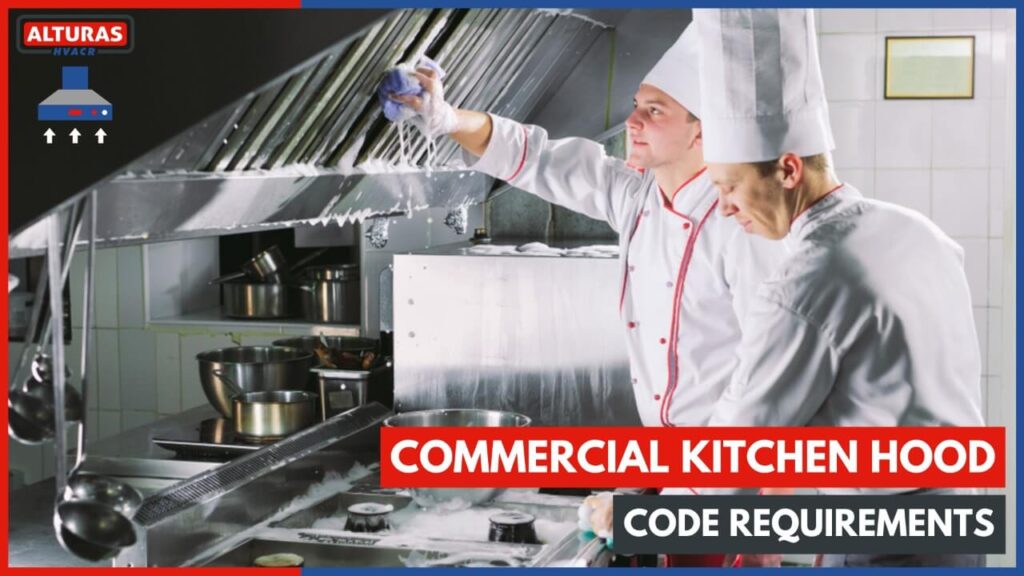
Credit: alturascontractors.com
Ventilation Duct Requirements
Ventilation ducts must use non-combustible materials. Galvanized steel or stainless steel are good choices. Aluminum is also acceptable. Plastic ducts are not allowed. The duct should be smooth inside for better airflow.
Duct size should match the range hood outlet. A 6-inch diameter is common. The length should be short and straight. Each bend reduces airflow. Use no more than two bends. If possible, keep the total length under 25 feet.
Electrical Wiring Standards
Range hood code requirements ensure proper electrical wiring and installation for safety and efficiency. Compliance with these standards prevents hazards and guarantees optimal performance. Always check local regulations before installation.
Circuit Requirements
A range hood must have a dedicated circuit. This circuit should be 120 volts. The amperage should be between 15 and 20 amps. Using the right wire gauge is important. A 14-gauge wire is standard. For longer runs, a 12-gauge wire may be better.
Grounding And Safety
Grounding the range hood is vital. It prevents electrical shocks. A ground wire should connect to the chassis. Make sure the ground wire is secure. Follow local building codes for safety. Always use a licensed electrician for installations.
Fire Safety Regulations
Range hoods must have a safe distance from combustible materials. This includes cabinets and wood panels. The minimum clearance should be at least 18 inches. Keeping this distance helps prevent fires. Always check local codes for specific rules. Some areas may have stricter requirements.
Fire suppression systems are crucial for kitchen safety. They help put out fires quickly. These systems should be installed above the cooking area. Make sure they meet local code requirements. Regular maintenance is important to ensure they work properly. Always follow the manufacturer’s guidelines for best results.
Local Building Codes
Local building codes ensure proper installation and safety of range hoods in homes. These regulations specify venting requirements, clearances, and installation guidelines to prevent hazards and promote efficient operation. Compliance with these codes is crucial for both safety and functionality.
Permits And Inspections
Permits are often needed for installing range hoods. Inspections ensure safety and compliance. Contact your local building department for specific requirements. The process might involve submitting plans and scheduling inspections. Licensed contractors usually handle the paperwork. Inspections verify proper installation and venting. Failing an inspection could mean fines or having to redo the work.
Regional Variations
Building codes can vary by region. Some areas have stricter rules. Coastal areas might have extra requirements for humidity and salt air. Mountain regions could focus on ventilation in high altitudes. Urban areas might have specific noise level regulations. Always check local codes before starting your project.
Maintenance And Compliance
Range hoods collect grease and grime. Clean filters monthly to ensure efficiency. Use warm, soapy water for best results. Dirty hoods can cause fires. Cleaning prevents this risk. Replace filters if they are damaged.
Building codes change over time. Ensure your range hood meets the latest standards. Older models might not comply. Check with local authorities for updates. Updating may involve replacing parts. Up-to-date hoods work better and are safer.
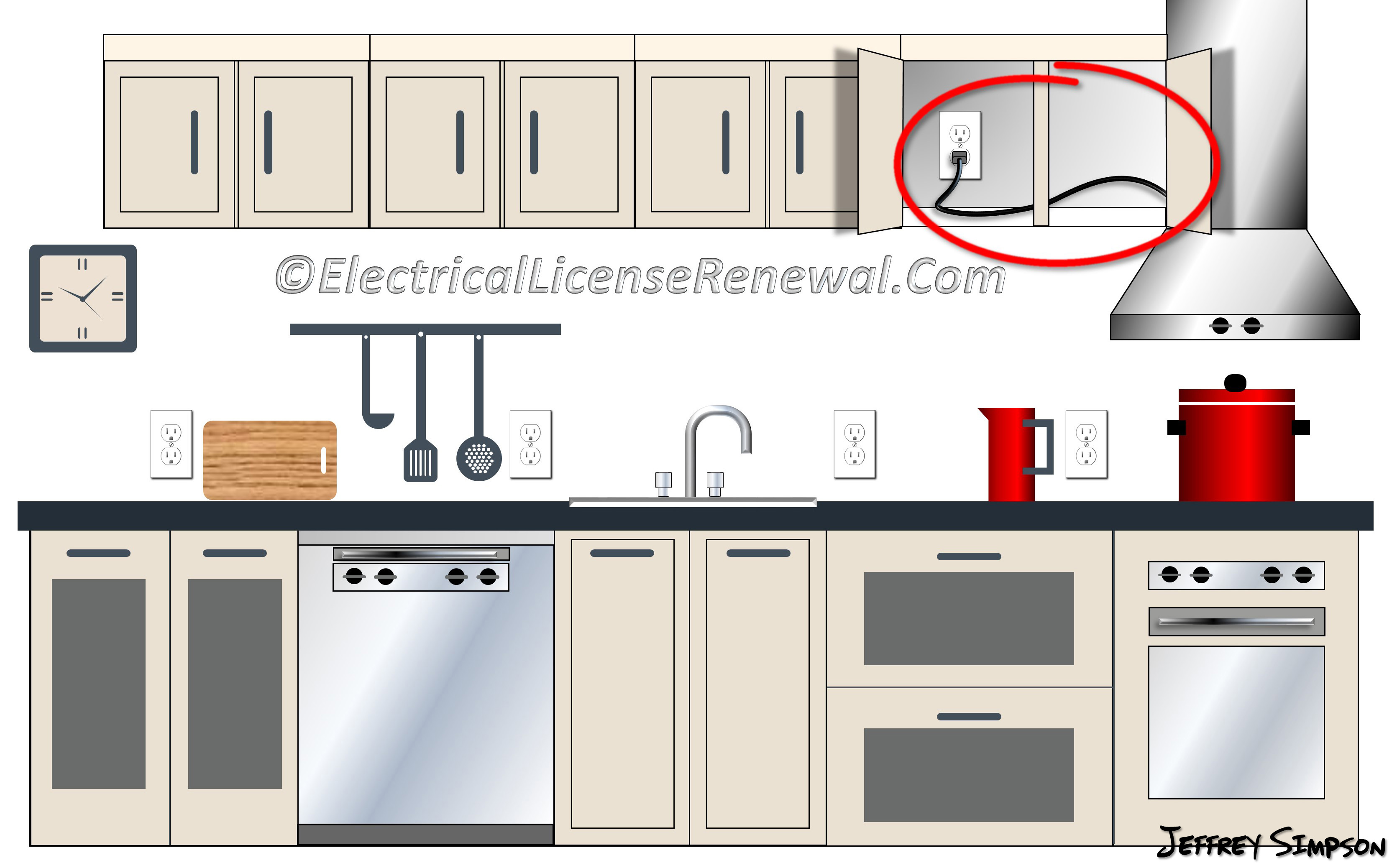
Credit: www.electricallicenserenewal.com
Frequently Asked Questions
What Are The Basic Range Hood Code Requirements?
Range hood code requirements include proper ventilation, sufficient clearance, and correct installation. Ensure the hood vents outside and meets local building codes.
How High Should A Range Hood Be Installed?
A range hood should be installed 20 to 24 inches above the cooktop. This height ensures effective smoke and grease capture.
Do Range Hoods Need To Be Vented Outside?
Yes, most building codes require range hoods to vent outside. This ensures proper removal of smoke, grease, and odors.
Can I Install A Range Hood Myself?
Yes, you can install a range hood yourself if you follow the manufacturer’s instructions and local codes. However, professional installation is recommended.
Conclusion
Adhering to range hood code requirements ensures safety and efficiency in your kitchen. Proper installation prevents hazards and improves air quality. Always consult local codes and hire professionals for compliance. Stay informed and maintain your range hood to enjoy a healthy cooking environment.
Your kitchen’s safety and functionality depend on it.
